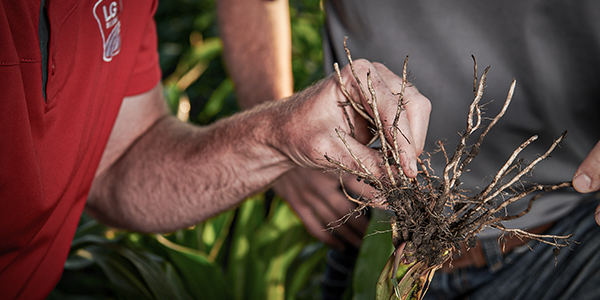AGRONOMIC RESOURCESTO SUPPORT EVERY SEASON
YOU CAN TAKETO THE FIELD
Importance of Micronutrients in Corn
Corn yields have increased over the past 40 years. Creeping from 100 up to 200 and, not uncommonly, even past 300 bushels per acre. With those increasing yields come increasing nutrient needs. It’s easy to remember and monitor your N, P and K, but micronutrients play an equally critical role to max out corn yields.
Primary Micronutrients
Primary micronutrients in the soil include boron, copper, iron, manganese, molybdenum, zinc, nickel and chloride. In major crop production areas of North America, zinc, manganese, boron and iron are most often supplied from fertilizer.
Farmers can detect micronutrient deficiencies by testing soils and plant tissues, or sometimes by visual symptoms in their crops. Plant tissue analysis is often more reliable than soil testing for identifying micronutrient problems and can help identify deficiencies before visual symptoms occur.
Monitoring Micronutrients
With plant tissue testing, nutrient levels can be monitored throughout the growing season and a nutrient deficiency can be detected before signs of stress appear. This type of analysis takes a precise measurement of the plant’s nutritional profile at the time the sample was taken. When used in conjunction with a soil analysis, which can identify other fertility constraints like soil pH, tissue testing can provide information on what nutrient levels are most limiting to growth and how best to correct them.
If you traditionally struggle with micronutrient balance, try to get ahead of the problem this year to avoid stressed crops. If starter fertilizer is an option, use an in-furrow application with a micronutrient package. Or, consider adding starter fertilizer in your variable rate application. Getting your seedlings off to a vigorous start is a step towards healthy crops.
More information:
Farm Progress
Crop Life





